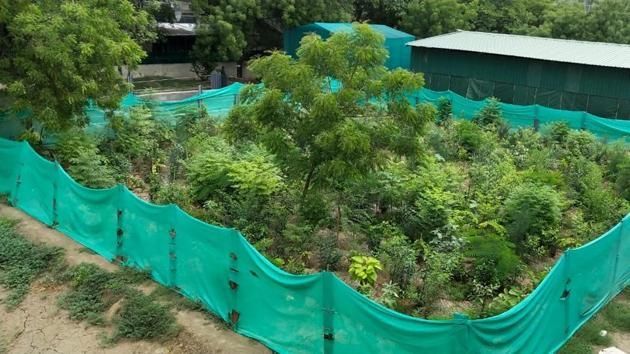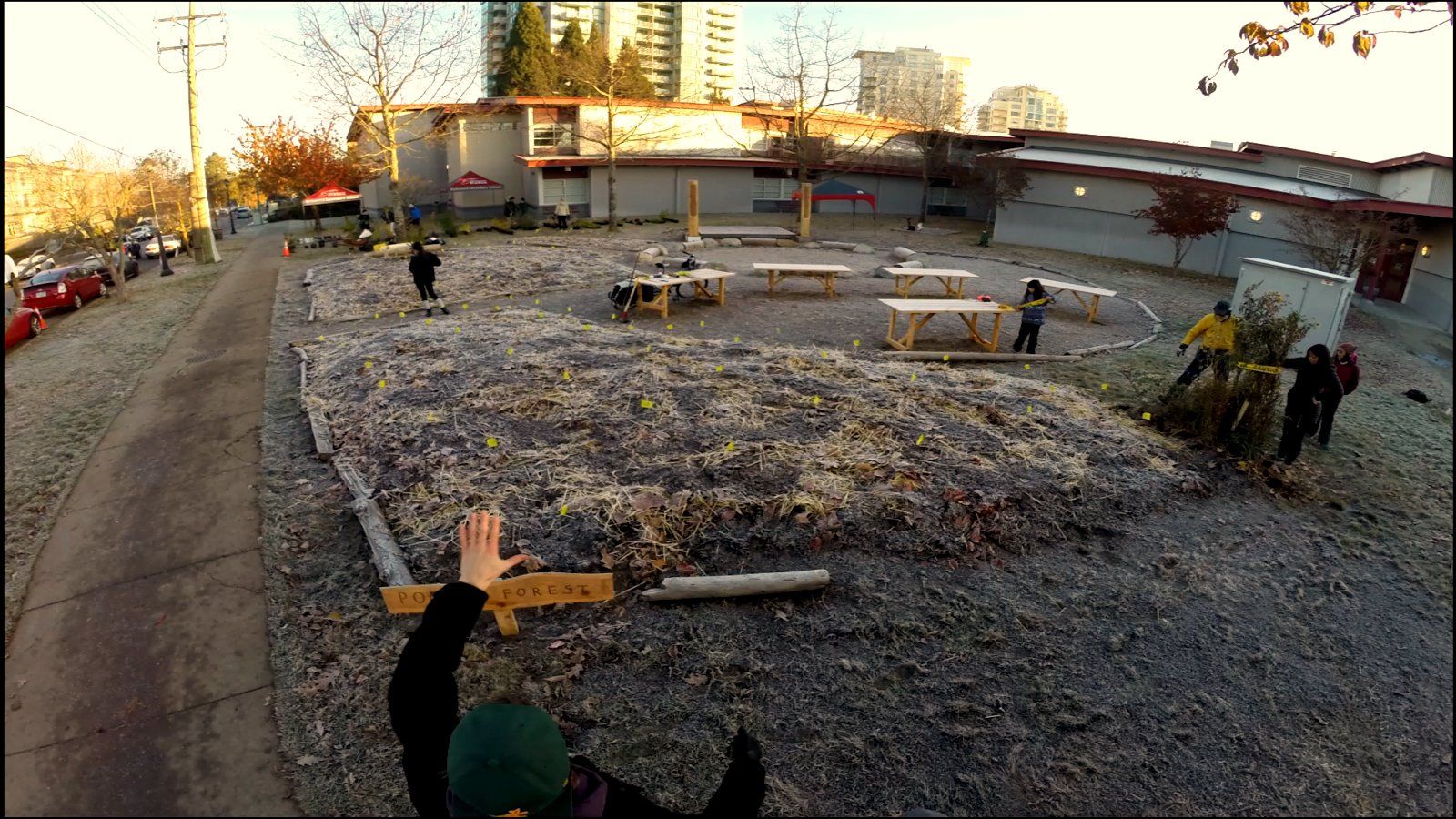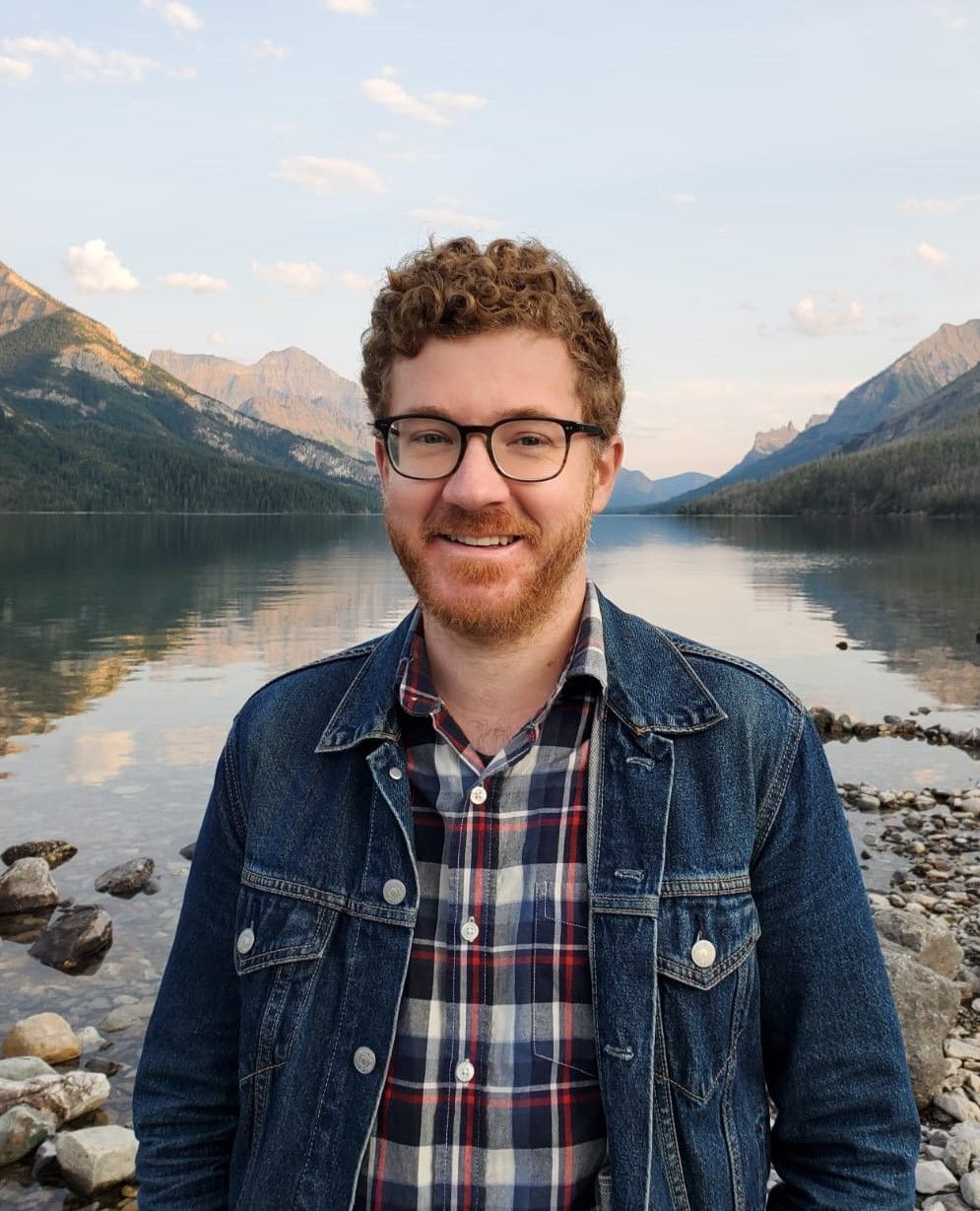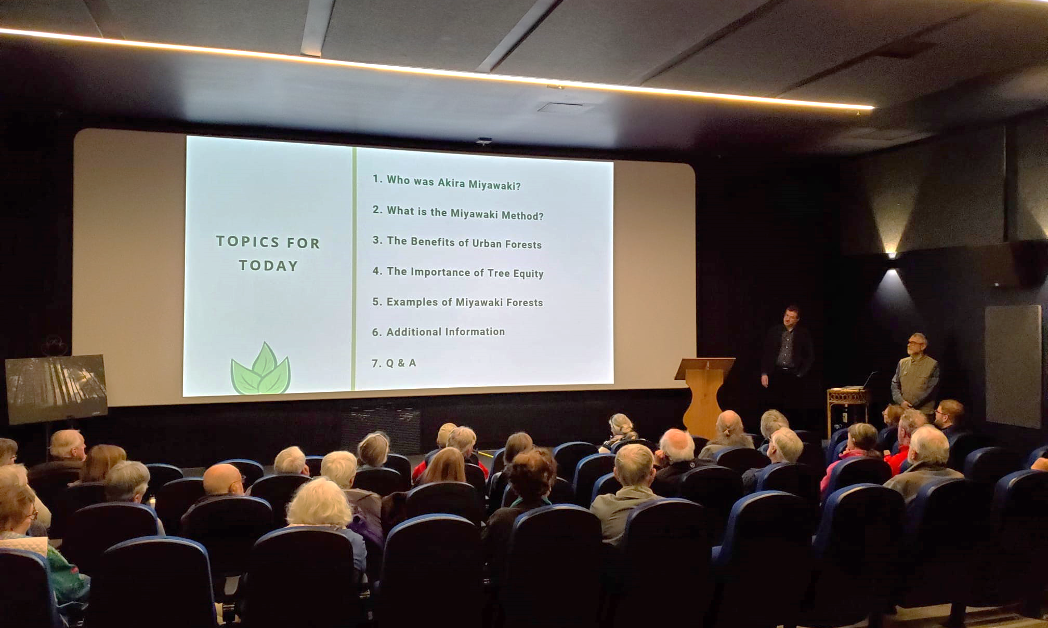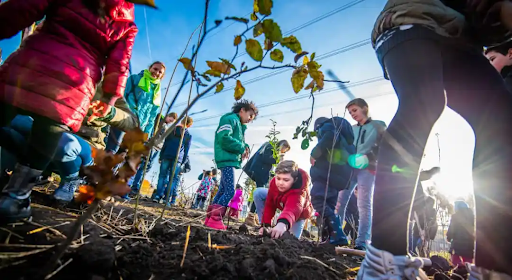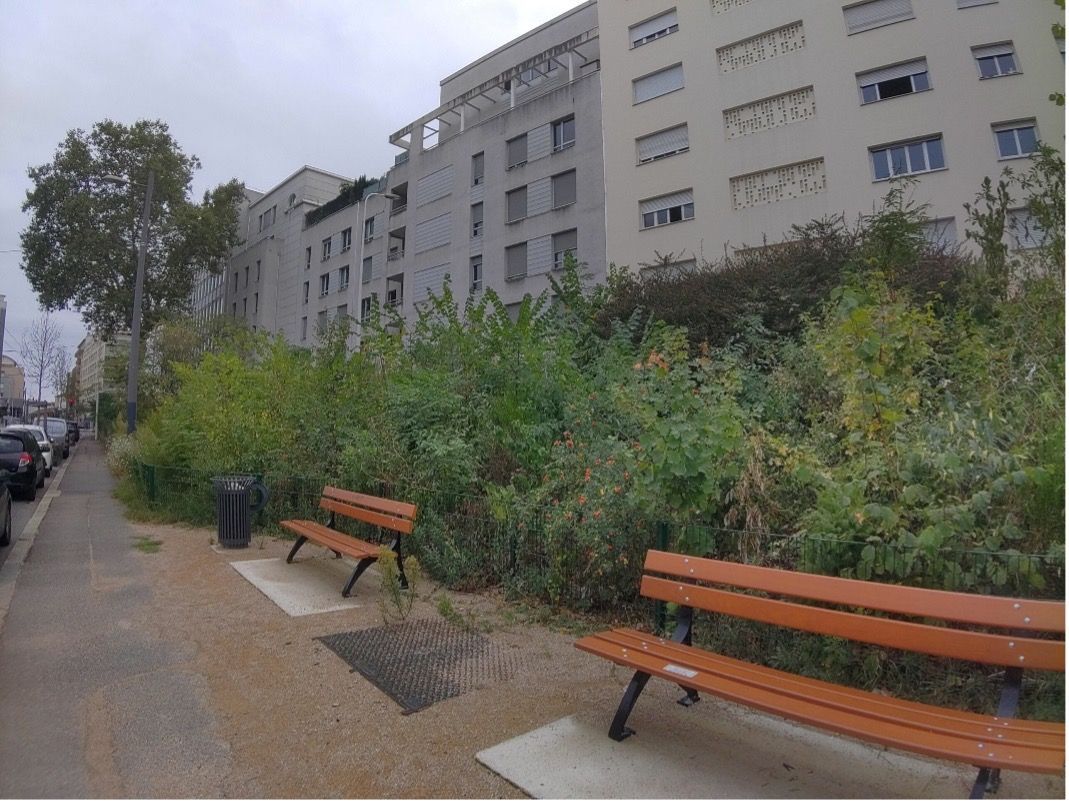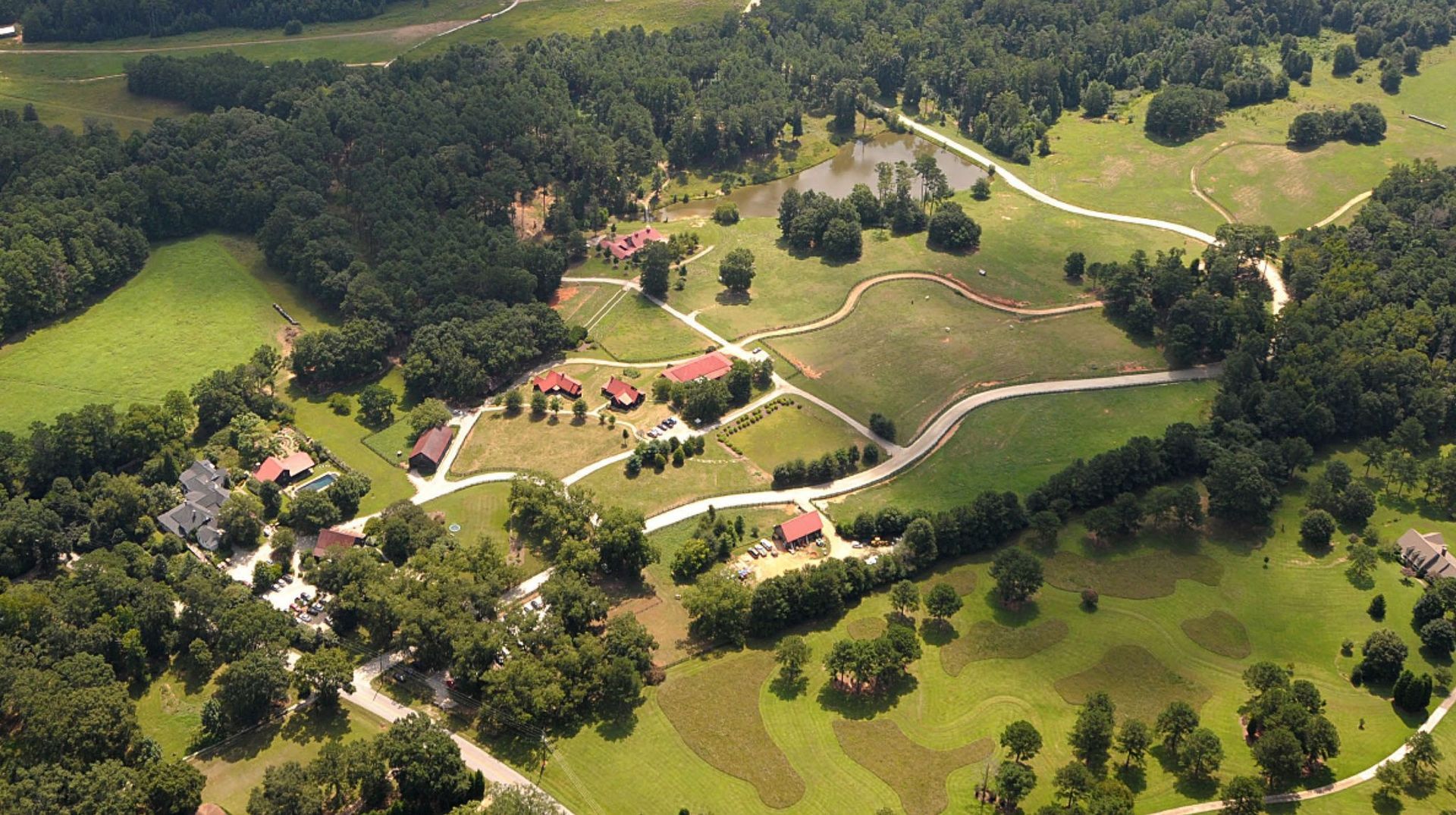Bio: Sean Steele is a writer, educator, musician, and academic. He holds an MA in the humanities from York University and a BA in philosophy and history from Concordia University. He is currently writing a PhD thesis that explores the emergence of the sacred within the context of secular music festivals. His scholarly writing has appeared in Arts and Humanities in Higher Education, The American Studies Journal, and The Journal of Unschooling and Alternative Learning. Sean works as the research lead for Seedlings Forest Education, an organization that provides outdoor educational programs for children. He is an outdoor enthusiast who loves to camp, hike and climb in the forests and mountains of Vancouver Island.
Journeying into Miyawaki Forests - Blog Post 1 - Growing up Together with Outdoor Educator Sean Steele
Earth Literacies presents a new Earth Stories (blog) series exploring Miyawaki Forests.
"It all started with a blank slate. Or, in this case, an empty patch of soil beside a park. As a research lead with Seedlings Forest Education, an organization in Victoria, BC that facilitates nature-based learning for children, it was my job to help the leadership team think about what they could do with a new parcel of land."
Journeying into Miyawaki Forests - Growing up Together | Blog Post #1
with Outdoor Educator - Sean Steele
Dec. 13, 2023
It all started with a blank slate. Or, in this case, an empty patch of soil beside a park. As a research lead with Seedlings Forest Education, an organization in Victoria, BC that facilitates nature-based learning for children, it was my job to help the leadership team think about what they could do with a new parcel of land. The team at Seedlings had been granted access to a piece of land, around 100 square metres, which was adjacent to a park where an ongoing after-school outdoor program was being run.
From the beginning, the idea was to approach the land as a learning opportunity. Seedlings Forest Education wants to encourage children to form a positive and respectful relationship with the natural world. To help support them, my task was to explore different ways this piece of land could be used to educate and inspire children who live in the area.
In other words, it was my job to research different approaches the team might take in designing, planting, and caring for this new space. Many ideas immediately came to mind. A community garden, a pollinator garden, a stand of trees with a path running through it. But in order to get anywhere, I needed to do some research. Whatever the plan, I had to help Seedlings map out a pathway from vision to reality.
My research quickly led me to the Miyawaki forest method. Named after Japanese botanist Akira Miyawaki, this method takes an innovative approach to densely planting trees in small areas. Born in 1928, Miyawaki studied botany and had a particular interest in plant ecology. During his research, Miyawaki became increasingly interested in forests that grew in and around temples, shrines, and grave sites throughout Japan. Because these were sacred sites, the forests around them had taken on a sacred character.
Miyawaki realized that the success of these ancient forests lies in the interrelation between the different canopy layers. What Miyawaki learned was that several native species of trees and shrubs always grew together in close proximity. These relationships between the larger trees, smaller trees, and underly brush allowed all the plants to thrive while also supporting each other. By bringing an ecological understanding to some of Japan’s sacred forests, Miyawaki took the first step toward creating his own approach to planting small-scale forests.
Watch a short video on Akira Miyawaki’s life and work
here.
My research into the Miyawaki method quickly led me to the Afforestt organization. Run by Shubhendu Sharma and based in India, Afforestt is on a mission to spread the Miyawaki method across the globe. Sharma and his team want to see Miyawaki forests springing up all over the world. To do this, they have created a video series that offers an overview of the Miyawaki method. Spread out over 11 videos, the Afforestt guide was my perfect entryway into a basic understanding of the method and the steps required to plant a Miyawaki forest.
Here is the initial video of the series, which offers an excellent broad picture of the Miyawaki method.
As Sharma explains, there are
6 steps involved in creating a Miywaki forest. First, seeds and saplings that are native to the region need to be selected. This step is usually done with multiple visits to the site where planting will eventually occur and either documenting the species that grow in the area or actually collecting seeds from nearby trees and shrubs.
The second step is to organize the seeds you have collected so that you understand which of the four layers each belongs to. Sharma explains how the four layers of a forest work. The canopy layer is composed of climax vegetation – trees that grow tall and have thick trunks and broad root systems. Below that, the tree layer is made up of smaller tree species. The sub-tree layer under that contains small trees and larger bushes which require less natural light. Finally, the shrub layer is composed of small shrubs and bushes that live along the forest floor.
In the third and fourth steps, the site is prepared for planting. This step involves first removing any weeds and rocks before starting to dig. To plant a successful Miyawaki forest, the soil needs to be dug down 1 metre (a little more than 3 feet) and biomass such as compost needs to be mixed in. Once mixed, the soil should be left loose. This loose, nutrient-rich soil is ready for planting.
The fifth step is when the planting happens. With a team of volunteers, the trees are planted close together in the prepared soil. Planting four trees per square metre will establish a healthy competition where each of the layers of this new forest will grow rapidly, in concert, to establish their desired level of sunlight. Also, the loose soil means that the root systems are able to penetrate quickly and effectively into the earth. The final stage of the planting day is to pile 5 to 7 inches of mulch overtop of the soil and water it extensively. The idea is to absolutely soak the mulch material, such as straw, so that the roots can branch out as quickly as possible.
The sixth and final step involves regularly watering the site and monitoring early growth by supporting thin trunks and stems with natural materials like thin sticks and twine. After a few years of monitoring growth, watering the site, and replacing the mulch when needed, a Miyawaki forest will become fully self-sustainable.
The Miyawaki method is a holistic approach, which means the health of the soil is just as important as the health of the trees and shrubs. Biodegradable materials are added to the soil, and mulch is placed on top of the soil, so that micro-organisms and fungi – which play a fundamental role in the healthy lifecycle of a forest – can thrive.
By the time I finished the series, I was eager to learn more. The next step for me was to read Hannah Lewis’ 2019 book
Mini-Forest Revolution: Using the Miyawaki Method to Rapidly Rewild the World. Not only was Lewis’ book a great companion to Sharma’s video series, but it also offered several examples of successful planting projects from all over the world.
Afforrest’s video series and Lewis’ book made sense to me. There is an elegant simplicity to the Miyawaki method. Despite not having a green thumb, and not having a wealth of experience planting trees, this approach seemed realistic, grounded, and doable. I could imagine moving through the steps: doing a series of site walks, gathering and germinating native seeds and saplings, preparing the soil, hosting a planting day, and being part of a crew of volunteers to water the forest and help it on the road to self-sufficiency.
I now had a basic understanding of the method and how to go about it. My next question was: has this method been tried anywhere near where I live?
Lucky for me, a second round of research brought me to an
article on the Earth Literacies website that offered an example of a Miyawaki forest that had been planted in nearby Richmond, BC. Here was a team of volunteers working together to create a Miyawaki forest in the same climate region where I was hoping to create one. Not only that, but they had also planted it in collaboration with Richmond Secondary School.
Through the Earth Literacies article, I contacted two volunteers who had been involved in planting the Richmond Secondary School Miyawaki forest. We met on a virtual call and I was able to ask some questions and hear their positive experience. By the end the call, I felt that the Miyawaki method was the right approach for the type of accessible, self-sustainable planting project I wanted to help create.
The next step in my journey was to seek the funding necessary to begin moving from vision to reality. A quick search led me to a suitable grant available for such a project, and with the assistance of the team at Seedlings, we submitted an application. I was taking my first step toward helping to plant a new mini-forest in Victoria.
For the latest blog submissions to Earth Stories from Sean, as he documents his Miyawaki Forest Journey (and how you might do the same in your 'backyard'), check our Earth Stories Blog every couple weeks and / or subscribe to the Programs in Earth Literacies Newsletter where new articles will be posted and delivered via email.
